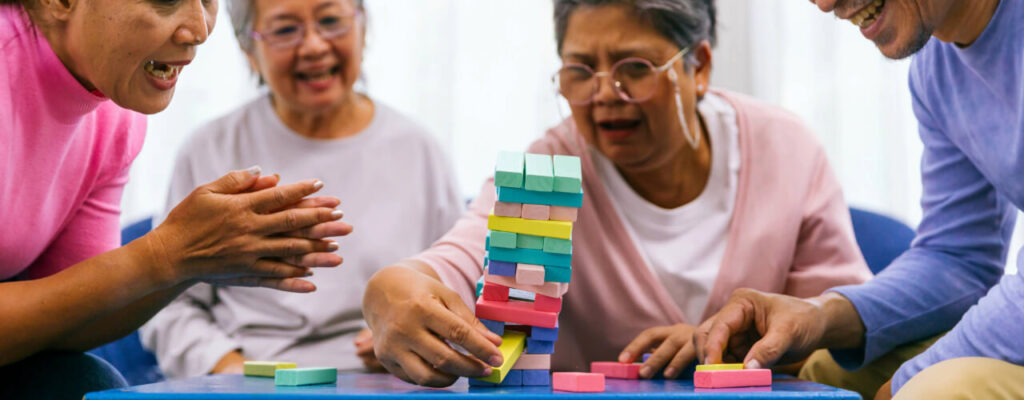Maintaining balance is essential for staying active and independent, yet many older adults experience balance issues that can disrupt daily life. While aging does play a significant role, balance issues in older adults often stem from a variety of other factors that can’t be overlooked.
At Unified Rehabilitation, we want to help seniors thrive in their golden years. One important way to do this is through improving balance, which reduces fall risk–a significant source of injury for older adults. However, the first step in addressing balance issues in older adults is understanding what’s causing them.
Today, we want to explore some of those causes–from aging and beyond!
How Aging Affects Balance
Aging naturally brings changes to the body that can impact balance. For example:
Muscles lose size and strength with age, reducing stability.
Vision changes and poor eyesight can make it harder to detect obstacles.
The vestibular system, which is responsible for balance, becomes less efficient over time.
Delayed reactions can make it harder to recover from slips or stumbles.
While these changes are normal, they don’t tell the whole story. Other factors can also impact balance–and it’s important that you’re aware of them!
Other Causes of Balance Issues in Older Adults
Chronic Health Conditions
Certain medical conditions can significantly impact balance:
Diabetes
Unmanaged diabetes can lead to nerve damage in the feet, known as peripheral neuropathy, which can cause instability.
Arthritis
Joint pain and stiffness in supporting joints like the hips or knees can make walking and standing more difficult.
Cardiovascular Issues
Poor circulation or low blood pressure can lead to dizziness, which impacts balance.
Neurological Conditions
Conditions such as Parkinson’s disease or stroke can dramatically impact balance and stability.
Medication Side Effects
Many older adults take medications for chronic conditions, but some drugs can have side effects that affect balance, including:
- Dizziness or lightheadedness
- Drowsiness or confusion
- Blood pressure fluctuations
Common culprits include sedatives, blood pressure medications, and certain pain relievers.
Inner Ear Disorder
Balance is closely tied to the vestibular system in the inner ear. While aging can impact the vestibular system more generally, older adults can also develop inner ear disorders that cause vertigo (a spinning sensation), making it hard to stay steady. A few common disorders include:
- BPPV
Develops when small crystals become dislodged in the inner ear. - Meniere’s Disease
Occurs when the inner ear fills with fluid.
Environmental Factors
Home hazards and poor footwear can make pre-existing balance issues much more difficult. Addressing these factors can help you reduce your fall risk. Examples of things to watch out for include:
- Slippery floors or loose rugs
- Inadequate lighting
- Shoes without proper support or grip
Take the First Step Toward Better Balance
Balance issues in older adults can be complex, but they don’t have to limit your independence! The Unified Rehabilitation team will work with you to develop a personalized balance training and fall prevention program that addresses the specific reasons for your balance issues, regardless of what they might be.


